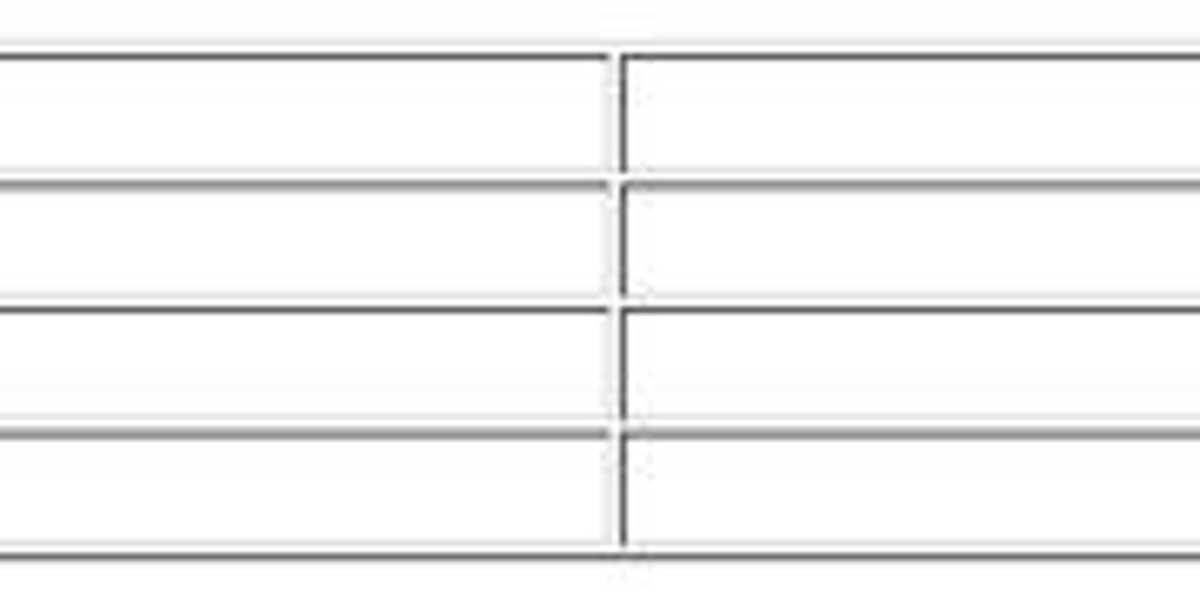The South African Police Service (SAPS) is an essential institution responsible for maintaining law and order in South Africa. Within SAPS, there exists a hierarchical structure of ranks, each with its own set of responsibilities and duties. Understanding the SAPS rank hierarchy is crucial for both members of the police force and the general public. In this comprehensive guide, we will delve into the intricacies of SAPS ranks, providing a clear understanding of the roles and responsibilities associated with each rank.
1. Introduction to SAPS Ranks
The SAPS ranks structure is designed to provide a clear chain of command and ensure effective management within the organization. It encompasses various ranks, from entry-level constables to high-ranking generals.
2. Entry-Level Ranks
Constable
Constable is the entry-level rank in SAPS. Constables are responsible for carrying out basic policing duties, including patrolling neighborhoods, responding to emergencies, and conducting investigations.
Sergeant
Sergeant is the next rank above constable. Sergeants typically serve as supervisors, providing guidance and support to constables in the execution of their duties.
3. Middle-Level Ranks
Captain
Captains hold a middle-level rank within SAPS. They oversee larger units or divisions and are responsible for coordinating operations and managing resources effectively.
Major
Major is a senior middle-level rank in SAPS. Majors play a crucial role in strategic planning and decision-making, often leading specialized units or divisions.
4. Senior-Level Ranks
Colonel
Colonel is the lowest of the senior-level ranks in SAPS. Colonels are responsible for overseeing multiple units or divisions and ensuring compliance with departmental policies.
Brigadier
Brigadier is a higher senior-level rank within SAPS. Brigadiers are tasked with managing larger geographic areas or specialized functions and providing leadership to subordinate officers.
5. Specialized Ranks
Lieutenant Colonel
Lieutenant colonel is a specialized rank within SAPS, often associated with executive positions or specialized units.
6. The Role of Generals
Major General
Major general is the first of the general officer ranks in SAPS. Major generals provide strategic direction and leadership to the organization as a whole.
Lieutenant General
Lieutenant general is the second-highest rank in SAPS. Lieutenant generals oversee large geographic regions or functional areas of law enforcement.
General
General is the highest-ranking officer in SAPS, held by the commissioner of police. Generals are responsible for setting overall strategic priorities and ensuring the effective functioning of the organization.
7. Career Progression and Training
Advancement within SAPS ranks is based on a combination of experience, performance, and completion of required training programs. Officers undergo rigorous training and professional development to progress through the ranks and assume greater responsibilities.
8. Challenges Faced by SAPS Officers
SAPS officers face various challenges in their day-to-day duties, including combating crime, maintaining public order, and upholding the rule of law. Additionally, officers must navigate complex organizational dynamics and address emerging threats and challenges effectively.
9. Conclusion
In conclusion, understanding the hierarchy of SAPS ranks is essential for both members of the police force and the general public. By demystifying SAPS ranks and their associated roles and responsibilities, we can gain a deeper appreciation for the dedication and professionalism of SAPS officers in serving and protecting their communities.



